Introduction to the Inverse Commission™ Model
In the traditional real estate model, agents often earn a commission based on a percentage of the final sale price. While this structure can work well in many cases, it creates an inherent conflict of interest: agents may benefit financially when buyers pay more. To address this issue, the Inverse Commission™ Model was designed to realign agent incentives, putting the buyer’s needs first.
How Inverse Commission™ Flips the Traditional Model
The Inverse Commission™ Model rewards agents for negotiating lower prices for their buyers. Instead of being paid based on the sale price, agents earn a commission that reflects the savings they secure for the buyer. This structure creates a win-win situation where both the buyer and the agent are motivated by the same goal: achieving the best possible deal.
Understanding the Visual Spectrum of Inverse Commission™

The Inverse Commission™ Spectrum is a key tool that illustrates how the model works across different market conditions. The spectrum provides a visual guide to how the commission rates change based on the negotiation room available in the market. It helps both agents and buyers understand how commissions are calculated and what to expect in different scenarios.
The Spectrum Explained
Red Zone (Low Commission Rate):
In a Seller’s Market, properties are in high demand with many competing offers. There is less room for negotiation, and as a result, the agent’s commission rate is higher. This is because achieving significant savings for the buyer is more challenging in this environment.
Green Zone (High Commission Rate):
In a Buyer’s Market, there is less competition, providing more opportunities for agents to negotiate lower prices. The agent’s commission rate is higher in this scenario, reflecting the greater savings achieved for the buyer.
Baseline Zone (Standard Commission Rate):
This central portion of the spectrum represents a balanced market where there is a moderate level of negotiation room. The commission rate here reflects the typical savings an agent can secure without the extremes of a buyer’s or seller’s market.
Example: How the Spectrum Works in Practice
- Seller’s Market Example:
- Highest Estimated Value (HEV): $515,000
- Listing Price: $500,000
- Final Negotiated Price: $500,000
In this case, the negotiation room is limited due to high demand. The agent’s commission percentage is lower because it was challenging to secure a significant discount.
- Buyer’s Market Example:
- Highest Estimated Value (HEV): $520,000
- Listing Price: $510,000
- Final Negotiated Price: $505,000
Here, the agent had more room to negotiate, securing a lower final price. The savings achieved are higher, resulting in a higher commission rate for the agent.
How Inverse Commission™ Benefits All Parties
For Buyers:
Buyers can feel confident knowing their agent’s compensation is tied directly to the savings achieved. This builds trust and ensures that the agent is fully aligned with the buyer’s financial goals.
For Agents:
The model rewards agents for effective negotiation, differentiating skilled professionals who can consistently secure better deals. It encourages a results-driven approach and helps build stronger client relationships.
For the Real Estate Market:
By prioritizing transparency and ethical practices, the Inverse Commission™ Model is in line with modern trends that demand greater accountability. It sets a new standard for buyer representation and has the potential to transform industry dynamics.
Using the Spectrum: A Tool for Buyers and Agents
The Inverse Commission™ Spectrum serves as a visual aid to help clients understand how the model works and how commissions are calculated. It also guides agents in setting realistic expectations based on current market conditions. By visually showing the potential for savings and aligning incentives, the spectrum simplifies complex financial discussions and enhances client trust.
Ready to Learn More?
To dive deeper into the Inverse Commission™ Model and see how it can transform your approach to real estate, explore our Certified NEGOTIATOR® Courses or join our weekly workshops.
